Lubisz zgłębiać tajniki projektowania produktów? Interesujesz się tematyką projektów graficznych, smakowych i wizualnych? A może po prostu lubisz dobre jedzenie i świadomie podchodzisz do tego tematu? Jeśli odpowiedź na którekolwiek z tych pytań brzmi „TAK”, to food design jest dla Ciebie!
Spytasz: ale jak to? Po co mi ten cały food design i znajomość tego, czym jest?
Odpowiedź jest prosta: mając świadomość istnienia danej dyscypliny bądź zjawiska, jesteś w stanie lepiej się w niej odnaleźć.
Jestem wielką fanką praktyki, dlatego opowiem Ci krótką historię z mojego życia, powiązaną właśnie z tematyką food designu.
Po ukończeniu pierwszych studiów (dziennikarstwa ze specjalnością: Promocja i reklama), pierwszych stażach i doświadczeniach zawodowych wiedziałam jedno – moja droga zawodowa na pewno będzie związana z żywnością. Uwielbiałam oglądać piękne zdjęcia czy reklamy z jedzeniem w roli głównej i bacznie śledziłam działania marketingowe marek związanych z tym tematem.
Zastanawiałam się tylko, jaki kierunek studiów podjąć, by uzupełnić wiedzę z tego zakresu. Planowałam wyjazd za granicę, bo w wielu zachodnich krajach znalazłam uczelnie mające w ofercie studia z zakresu food designu, jednak najzwyczajniej w świecie nie było mnie i na to stać, i nie byłam na tyle odważna, by zaryzykować. Mieszkając wtedy w Poznaniu, przez przypadek natknęłam się na uczelnię prywatną w Warszawie, gdzie dostępna była nowa specjalność na kierunku Wzornictwo. Był nią właśnie food design ze spolszczoną i bardzo uproszczoną nazwą: Projektowanie dla gastronomii.
Gdy zdecydowałam się na te studia, moi znajomi łapali się za głowę i mówili, że wymyśliłam sobie kierunek, który nie do końca ma rację bytu i powinnam – jak każdy – iść na magisterkę z dziennikarstwa. A że zawsze lubiłam wyzwania, to stwierdziłam, że raz kozie śmierć i zamiast na magisterkę poszłam na… kolejny licencjat. Tym razem 3,5 roczny.
Dlaczego o tym wspominam? Bo każdy, jak jeden mąż, słysząc: „specjalność food design” pytał, czy poszłam do szkoły gastronomicznej i zamierzam zająć się zawodowo gotowaniem (w tym czasie prowadziłam też bloga kulinarnego, więc łatwo było połączyć ze sobą kropki). Kiedy po raz kolejny słyszałam to samo pytanie, w mojej głowie budził się wewnętrzny głos mówiący: „HALO, FOOD DESIGN TO ZNACZNIE WIĘCEJ NIŻ JEDZENIE I GOTOWANIE! To tak pojemne i ciekawe zagadnienie, a jednocześnie tak bardzo nieznane. W przyszłości trzeba będzie to zmienić”.
Na studiach miałam zarówno zajęcia na kuchni ze znanymi i cenionymi szefami kuchni, jak również rysunek, fotografię, grafikę komputerową, a nawet technologię żywności, dietetykę czy tworzenie projektów technologicznych lokali gastronomicznych. Dzięki temu, że tak holistycznie poznałam zagadnienie projektowania związanego z jedzeniem, odważyłam się zrealizować swoje marzenie i postawić wszystko na jedną kartę. Tak właśnie powstała agencja kreatywna Od kuchni, Studio Od kuchni, a po latach również miejsce, w którym czytasz ten tekst, czyli platforma Food and Design.
Zacznijmy więc od podstaw… Czym jest food design?
Definicji jest mnóstwo, jednak moimi faworytami są trzy, które pokazują temat food designu, czyli projektowania związanego z jedzeniem, w trzech różnych kontekstach:
- Food Design: Działania mające na celu stworzenie nowego produktu spożywczego, określającego jego składniki, przepis, przygotowanie, opakowanie, prezentowanie, instrukcję przechowywania i instrukcje serwowania. Dr Rick Schifferstein (Departament Wzornictwa na Uniwersytecie Delft w Holandii):
- Food Design jako połączenie jedzenia i designu. Jest to proces projektowania, który prowadzi do innowacji w zakresie produktów, usług lub systemów dla żywności i jedzenia. Zaczyna się od produkcji, zaopatrzenia, konserwacji i transportu, a kończy na przygotowaniu, prezentacji, konsumpcji i utylizacji. Dr Francesca Zampollo (International Food Design Society)
- Food Design jako część większej dyscypliny – Eating Design. Food Design jest rzeczywistym i dosłownym projektem, w którym projektuje się żywność, czyli materię. Może dotyczyć odżywiania, jak i ideologii lub walki z marnowaniem oraz wyrzucaniem jedzenia. Marije Vogelzang (Studio Marije Vogelzang)
Teorię mamy poniekąd za sobą. Po przeczytaniu trzech definicji powinieneś/powinnaś wyciągnąć jeden zasadniczy wniosek: wszystko, co związane z projektowaniem zarówno żywności, jak i wszelkich innych elementów pośrednio związanych z jedzeniem, mieści się w dyscyplinie zwanej food designem.
Przekładając to na język zrozumiały dla osób związanych z branżą: jeśli zrozumiesz istotę projektowania związanego z jedzeniem, tym bardziej spójny koncept lub projekt będziesz w stanie zaprojektować. A jeśli koncept będzie spójny, to komunikacja będzie dobrze zaprojektowana = Twój projekt odniesie sukces. Proste, prawda?
Jeśli z kolei jesteś osobą totalnie niezwiązaną z branżą i po prostu lubisz dobre jedzenie i tematykę jedzenia, food design to również temat dla Ciebie. Pozwól, że przedstawię kilka jego podstawowych kategorii, które poniekąd mają wpływ na wiele płaszczyzn życia każdego z nas:
Kategorie food designu
- Food Product Design – projektowanie produktów
- Design For Food – projektowanie „dla jedzenia”
- Design With Food – projektowanie z wykorzystaniem jedzenia
- Food Space Design – projektowanie przestrzeni
- Eating Design – projektowanie „doświadczenia” jedzenia
- Food Service Design – projektowanie sposobu podania i serwowania produktów/dań
- Critical Food Design – design krytyczny
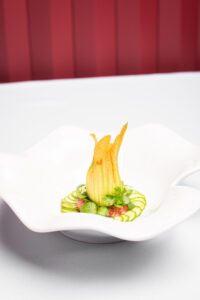 Wszystkie wyżej wspomniane kategorie będę po kolei omawiać w osobnych tekstach, bo są to naprawdę szerokie zagadnienia. Dziś jednak przedstawię Ci krótką zajawkę.
Wszystkie wyżej wspomniane kategorie będę po kolei omawiać w osobnych tekstach, bo są to naprawdę szerokie zagadnienia. Dziś jednak przedstawię Ci krótką zajawkę.
Wszyscy jadamy w restauracjach, więc na tym przykładzie najłatwiej mi będzie w skrócie omówić trzy kategorie: Food Space Design, Eating Design oraz Food Service Design.
W dzisiejszych czasach nie wystarczy po prostu otworzyć restauracji. Aby koncept gastronomiczny naprawdę stał się popularny i zdobył serca gości, musi być dobrze zaprojektowany. I to nie tylko pod kątem wnętrza, lecz także obsługi, menu, ergonomii w kuchni czy komunikacji marketingowej. Każdy element układanki musi do siebie pasować.
Food Space Design, Eating Design oraz Food Service Design
Na pewno znasz wiele miejsc serwujących naprawdę dobre jedzenie, które jednak nigdy nie zdobyły popularności. Kojarzysz na pewno również te słynne i oblegane lokale, gdzie dania są – delikatnie mówiąc – całkiem przeciętne. Dam sobie rękę uciąć, że te drugie mają pięknie i ciekawie zaprojektowane wnętrza, karty menu są spójne z całym wyglądem lokalu i dania, a nawet talerze czy deski, na których są serwowane, także pasują do całości konceptu. Mówiąc wprost: wszystko zostało spójnie zaprojektowane – i o to w tym wszystkim chodzi.
O jakich elementach w restauracji powinieneś myśleć w kontekście projektowania?
- Wnętrze. Spójne z wizją lokalu – zarówno pod kątem rodzaju jedzenia, jak i grupy docelowej, którą chcesz w nim gościć;
- Projekt menu. Pasujący do wnętrza i spójny z brandbookiem (jeśli nie masz brandbooka, czyli księgi znaku do logotypu, którego używasz, koniecznie powinieneś/powinnaś to nadrobić);
- Serwowane dania. Nie tylko smaczne, ale też prezentujące się w sposób zachęcający do jedzenia i – co ważne w dzisiejszych czasach – uwiecznienia na zdjęciu;
- Zastawa – to, w czym i na czym serwujesz dania. Talerze czy deski? Ty decydujesz, jednak pamiętaj, że talerze muszą pasować do serwowanych dań. Ludzie jedzą oczami. Nawet najsmaczniejsze danie podane na brzydkim talerzu straci na atrakcyjności i ludzie nie będą chcieli zapłacić za nie więcej pieniędzy. Nie będą też mieć ochoty go sfotografować, a w dobie internetu wrzucenie zdjęcia do mediów społecznościowych jest jedną z efektywniejszych form promocji restauracji;
- Obsługa – sposób, w jaki komunikuje się z gośćmi. Każdy rodzaj lokalu ma swoje prawa. Inny sposób komunikacji jest wymagany w restauracjach typu fine dining, a inny w pubie czy w bistro. Niemniej jednak to, w jaki sposób obsługa rozmawia z gośćmi, ma ogromne znaczenie;
- Ubiór obsługi. Zawsze schludny i pasujący do lokalu oraz jego koncepcji kreatywnej;
- Komunikacja marketingowa. Wizualnie odzwierciedlająca to, co chcesz przekazać na miejscu, w lokalu. W dzisiejszych czasach ludzie podejmują decyzje zakupowe, a w przypadku restauracji – decyzje o wyborze danego miejsca, głównie na podstawie tego, co zobaczą w internecie.
Na zakończenie
To zaledwie kilka bardzo uproszczonych podpunktów, jednak mam nadzieję, że choć w małym stopniu udało mi się zobrazować Ci istotę food designu. Jeśli podejdziesz do biznesu lub jakiegokolwiek zadania związanego z tematyką jedzenia tak, jak do projektu składającego się z kilkunastu elementów, które trzeba połączyć w spójną całość – sukces murowany!
Dzięki, że jesteś. Tymczasem powodzenia!
Źródło zdjęć: restauracja Epoka, fot. agencja Od kuchni
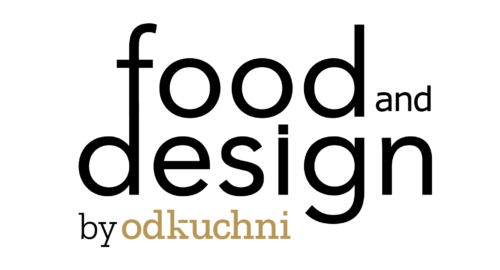
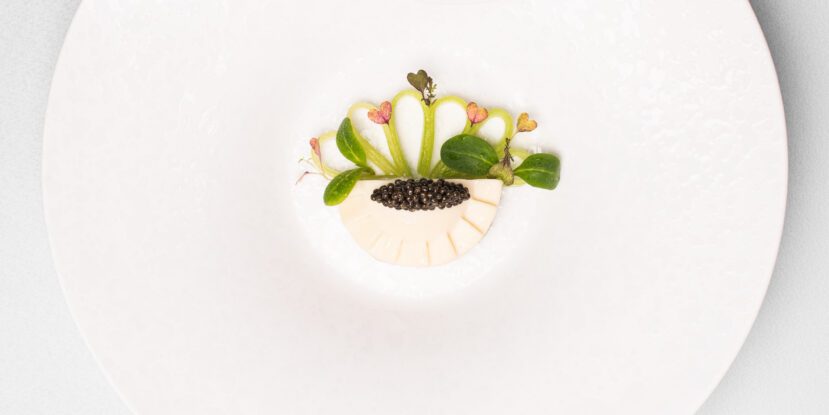

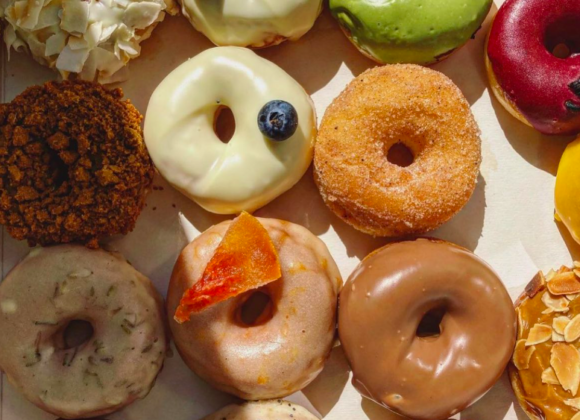
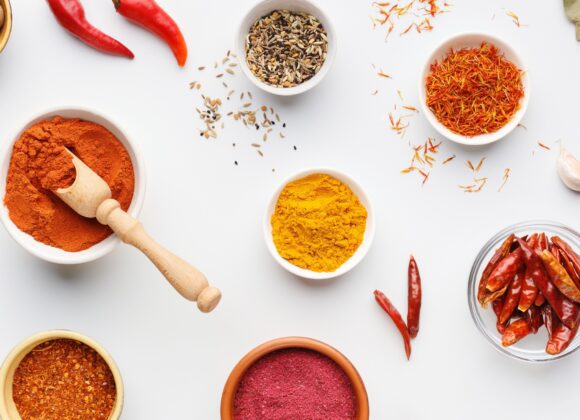
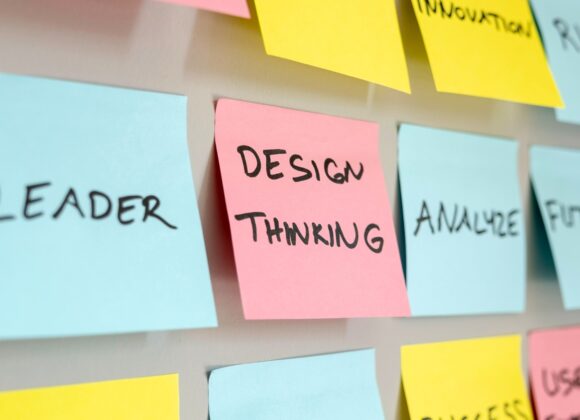
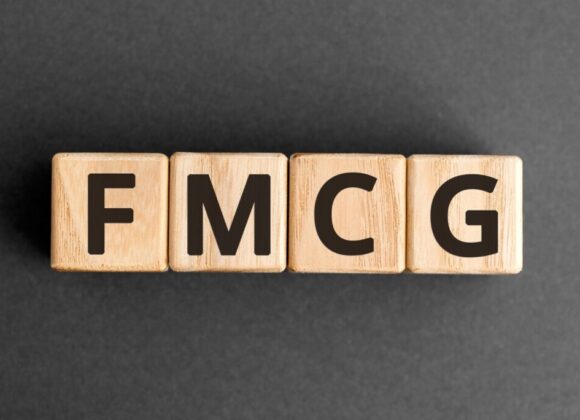
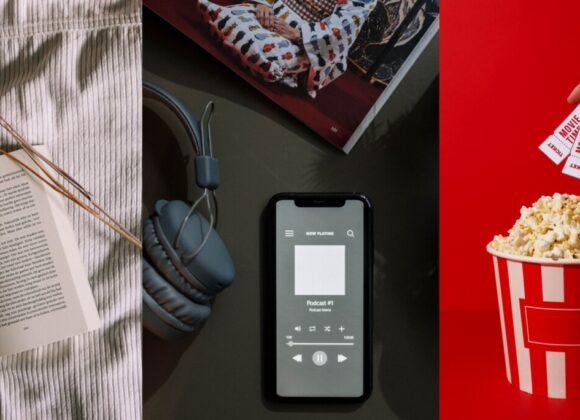


 Młodszy specjalista ds. komunikacji marketingowej i PR.
Młodszy specjalista ds. komunikacji marketingowej i PR.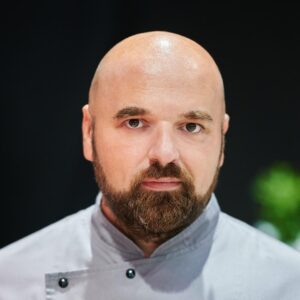


 Absolwent Uniwersytetu Warszawskiego oraz Szkoły Głównej Gospodarstwa Wiejskiego. W branży HoReCa od ponad 10 lat. Przez lata związany z Grupą Trip, Sobienie Królewskie Golf and Country Club oraz restauracją Florentin w Warszawe.
Absolwent Uniwersytetu Warszawskiego oraz Szkoły Głównej Gospodarstwa Wiejskiego. W branży HoReCa od ponad 10 lat. Przez lata związany z Grupą Trip, Sobienie Królewskie Golf and Country Club oraz restauracją Florentin w Warszawe. Absolwentka Wydziału Architektury Politechniki Warszawskiej na kierunku Architecture for Society of Knowledge oraz Komunikacji Wizualnej na Politecnico di Milano. Specjalistka od budowania nastroju. Doświadczenie zdobywała w kraju i zagranicą podczas licznych warsztatów międzynarodowych (Sevilla, Lizbona, Florencja), stypendium na La Sapienza (Rzym) oraz pracując m.in. w Carmi e Ubertis i ADM Milano.
Absolwentka Wydziału Architektury Politechniki Warszawskiej na kierunku Architecture for Society of Knowledge oraz Komunikacji Wizualnej na Politecnico di Milano. Specjalistka od budowania nastroju. Doświadczenie zdobywała w kraju i zagranicą podczas licznych warsztatów międzynarodowych (Sevilla, Lizbona, Florencja), stypendium na La Sapienza (Rzym) oraz pracując m.in. w Carmi e Ubertis i ADM Milano.








 Menedżer z wieloletnim doświadczeniem w branżach kosmetycznej, spożywczej, dziecięcej. W trakcie swojej kariery związany z firmami takimi jak: L’Oreal, Samsung, Danone-Nutricia, Unilever. W ciągu swojego życia zawodowego odpowiadał między innymi za rozwój sprzedaży i contentu eCommerce w Polsce i krajach Europy Środkowo-Wschodniej.
Menedżer z wieloletnim doświadczeniem w branżach kosmetycznej, spożywczej, dziecięcej. W trakcie swojej kariery związany z firmami takimi jak: L’Oreal, Samsung, Danone-Nutricia, Unilever. W ciągu swojego życia zawodowego odpowiadał między innymi za rozwój sprzedaży i contentu eCommerce w Polsce i krajach Europy Środkowo-Wschodniej. 

























































